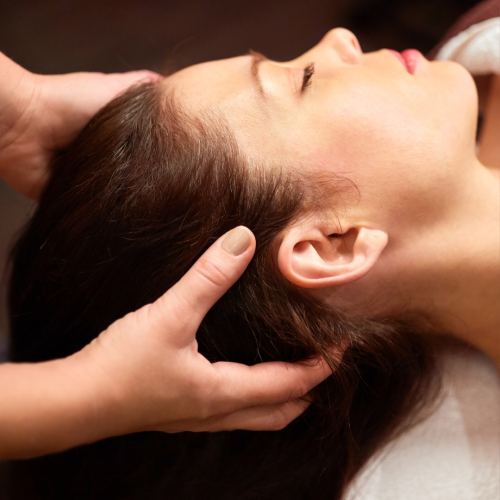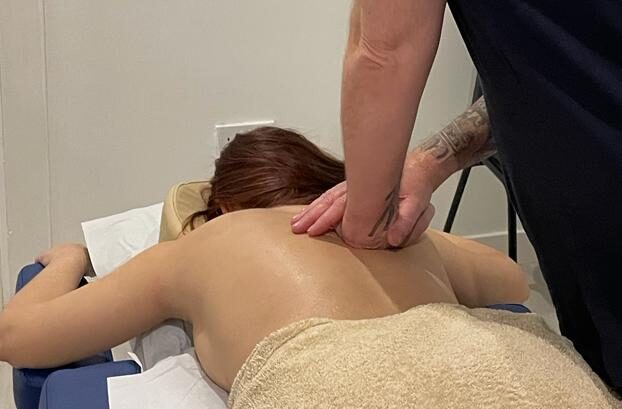- Home
Your Expert for Indian Head Massage in Bathgate, West Lothian
Indulge in the classic and relaxing experience of an Indian Head Massage in Bathgate West Lothian. This widely practiced technique is known to promote deep relaxation, alleviating muscle tension, and enhancing overall well-being.
Indian Head Massage: An Overview and Its Benefits
Indian Head Massage, also known as Champissage, is a therapeutic technique rooted in ancient Indian traditions, particularly in Ayurvedic medicine. This form of massage has been practiced for thousands of years, focusing on the upper body, especially the head, neck, shoulders, and upper back. It is designed to promote relaxation, relieve tension, and restore balance to the body’s energy flow. The practice of Indian Head Massage involves a series of movements, including kneading, rolling, and tapping, to stimulate the scalp, release muscle tension, and enhance overall wellbeing.
Origins and History
Indian Head Massage has its origins in Ayurveda, the traditional system of medicine that has been practiced in India for over 5,000 years. Ayurveda emphasizes the balance of the body’s vital energies, known as doshas, and aims to maintain health by harmonizing the mind, body, and spirit. Historically, Indian Head Massage was performed by women to improve hair health, as well as to enhance relaxation and energy flow. It was traditionally passed down through generations and was an essential part of family health practices.
The modern version of Indian Head Massage, as we know it today, was introduced by Narendra Mehta, an Indian-born practitioner, in the 1970s. Mehta developed the technique as a comprehensive therapy to relieve tension and stress, primarily for individuals with high-pressure jobs or those experiencing mental fatigue. Since then, the therapy has gained popularity globally and is now offered in spas and wellness centers worldwide.
Techniques Used in Indian Head Massage
Indian Head Massage involves a range of techniques tailored to release tension and improve circulation. The massage typically focuses on the scalp, neck, and shoulders, areas most prone to stress and muscle stiffness. Some of the common techniques include:
Effleurage (gentle stroking): Light strokes used to relax the muscles and increase blood flow to the head and neck area.
Petrissage (kneading): Deep tissue manipulation to release tension in the muscles.
Tapotement (tapping): Rhythmic tapping with the fingertips, which stimulates the nerves and improves blood circulation.
Frictions: Circular motions applied to stimulate the scalp and release knots or areas of tension.
These movements are aimed at promoting the free flow of energy (or prana) throughout the body, improving blood circulation, and alleviating muscular tension.
Health Benefits of Indian Head Massage
Indian Head Massage offers a wide array of physical, mental, and emotional benefits. These benefits can range from relieving everyday stress to improving overall health. Some of the key benefits of this form of massage include:
Stress Relief and Relaxation:
Relief from Tension and Pain: Many individuals suffer from neck, shoulder, or upper back tension, often resulting from poor posture or mental stress. Indian Head Massage targets these areas and can effectively alleviate tension, reduce pain, and increase flexibility (Tucker & Barker, 2015). The manipulation of soft tissues and muscles can help loosen tight muscles, reducing headaches and improving mobility.
Improved Circulation and Hair Health: The massage techniques used in Indian Head Massage stimulate blood flow to the scalp, which can improve the health of hair follicles, potentially enhancing hair growth and preventing hair thinning. Furthermore, better circulation to the head promotes the delivery of oxygen and nutrients to the brain, leading to improved cognitive function and clarity (Hansen, 2017).
Mental Clarity and Focus: The calming effects of Indian Head Massage help to clear mental fog and improve focus. By reducing tension and promoting relaxation, individuals often experience enhanced concentration and sharper cognitive abilities (Tucker & Barker, 2015). This benefit makes the therapy ideal for those who experience mental fatigue due to long working hours or stressful environments.
Improved Sleep Quality: Many individuals with chronic stress or anxiety struggle with insomnia or poor-quality sleep. The relaxation promoted by Indian Head Massage can help regulate sleep patterns, leading to deeper and more restorative sleep (Field, 2014).
Emotional Wellbeing: Beyond the physical benefits, Indian Head Massage can improve emotional wellbeing by reducing anxiety and promoting a sense of calm. The release of tension and stress provides mental clarity, fostering a more positive outlook and emotional balance.
One of the primary reasons people seek out Indian Head Massage is to relieve stress. Studies have shown that massage can reduce cortisol levels in the body, which are linked to stress. Additionally, the massage stimulates the parasympathetic nervous system, inducing a deep sense of relaxation (Field, 2014). Regular sessions can promote a calm, peaceful mind and improve emotional wellbeing.
Many individuals suffer from neck, shoulder, or upper back tension, often resulting from poor posture or mental stress. Indian Head Massage targets these areas and can effectively alleviate tension, reduce pain, and increase flexibility (Tucker & Barker, 2015). The manipulation of soft tissues and muscles can help loosen tight muscles, reducing headaches and improving mobility.
The massage techniques used in Indian Head Massage stimulate blood flow to the scalp, which can improve the health of hair follicles, potentially enhancing hair growth and preventing hair thinning. Furthermore, better circulation to the head promotes the delivery of oxygen and nutrients to the brain, leading to improved cognitive function and clarity (Hansen, 2017).
The calming effects of Indian Head Massage help to clear mental fog and improve focus. By reducing tension and promoting relaxation, individuals often experience enhanced concentration and sharper cognitive abilities (Tucker & Barker, 2015). This benefit makes the therapy ideal for those who experience mental fatigue due to long working hours or stressful environments.
Many individuals with chronic stress or anxiety struggle with insomnia or poor-quality sleep. The relaxation promoted by Indian Head Massage can help regulate sleep patterns, leading to deeper and more restorative sleep (Field, 2014).
Conclusion
Indian Head Massage is an effective therapeutic practice that combines ancient healing techniques with modern therapeutic benefits. By targeting stress and tension in key areas of the body, it promotes relaxation, alleviates pain, and boosts mental and emotional wellbeing. Whether seeking relief from physical tension or simply looking for a way to relax, Indian Head Massage offers a holistic approach to overall health and wellness. Its widespread popularity in spas and wellness centre is a testament to its effectiveness in fostering a balanced, harmonious state of mind and body.

Experience 5 Star Rated Reflexology in Bathgate, Livingston, Falkirk & West Lothian
Embark on a journey of relaxation and rejuvenation with Reflexology at our Leading Edge Therapies massage clinic in Bathgate West Lothian. Our experienced and certified massage therapists will tailor each treatment to your specific needs and preferences, ensuring a truly personalised experience.
Effleurage: Long, sweeping strokes to warm up the muscles. Petrissage: Kneading and squeezing motions to release tension.
Using Clinical Orthopaedic Manual Therapy - stretching, joint mobilisation & Manipulation to address injuores and long standing problems
Slow, firm pressure targeting deeper muscle layers. Cross-fiber friction to break up adhesions and scar tissue.
Full assessments to find the cause of an injury and provide hands-on treatment and associated exercise plans


